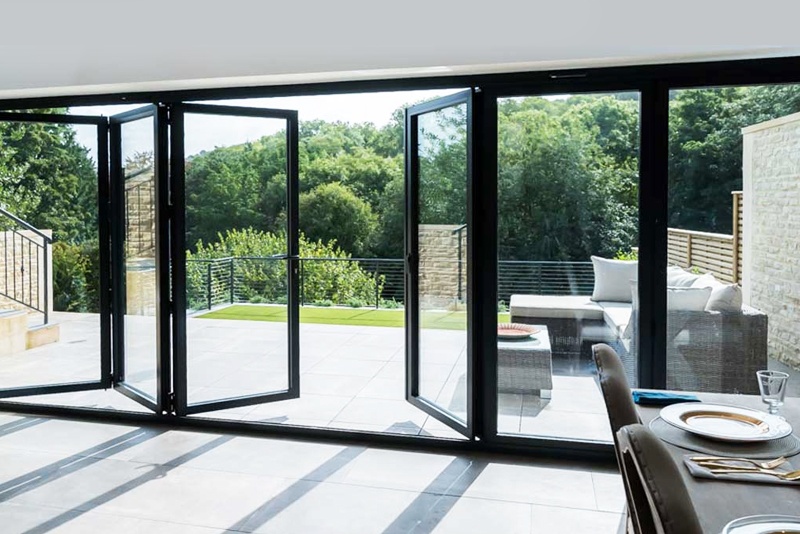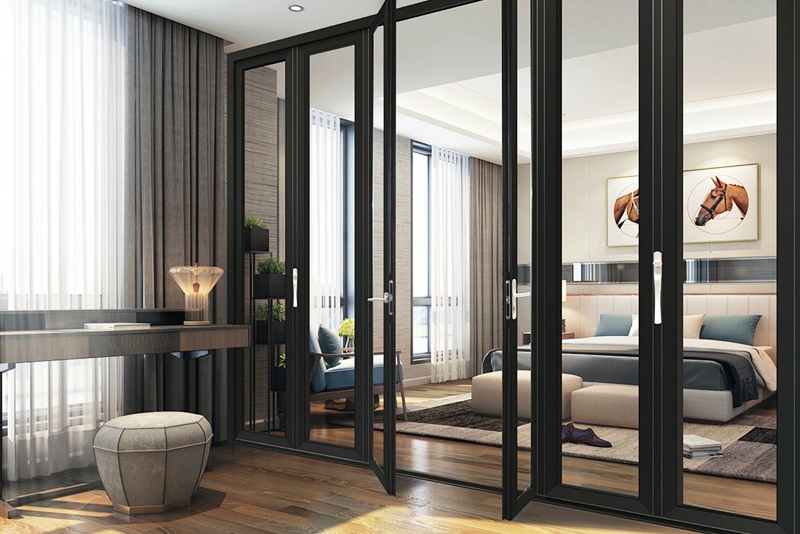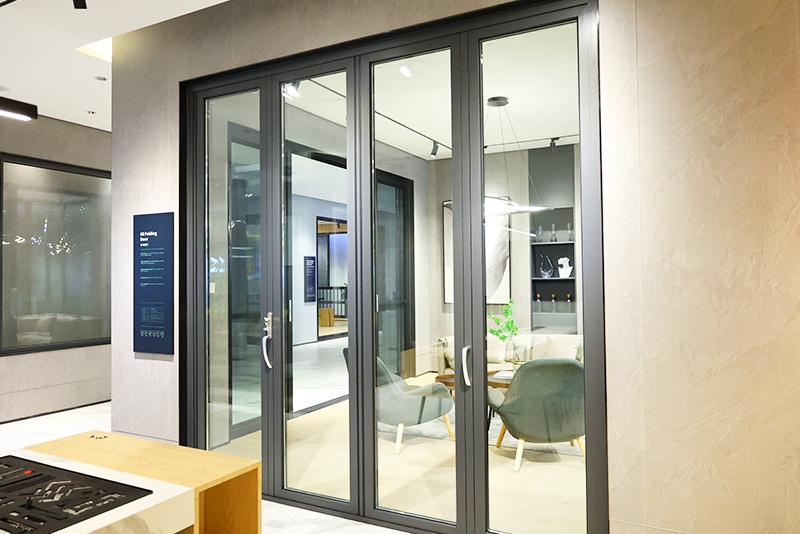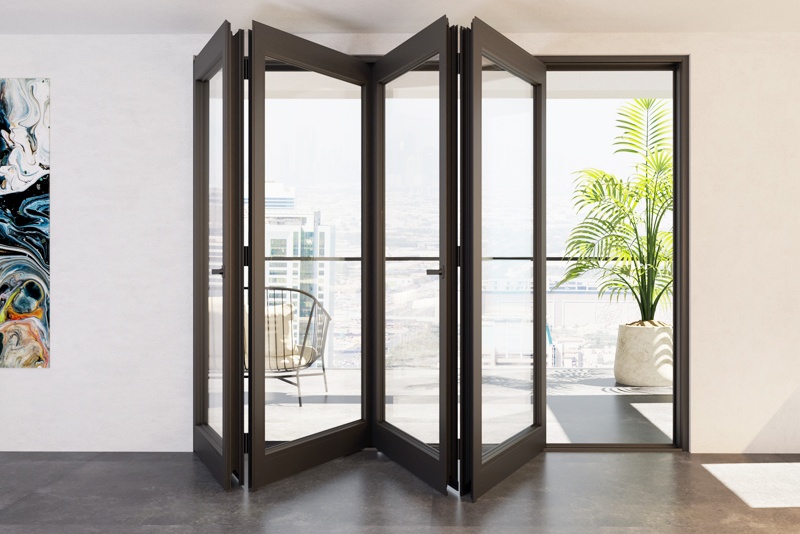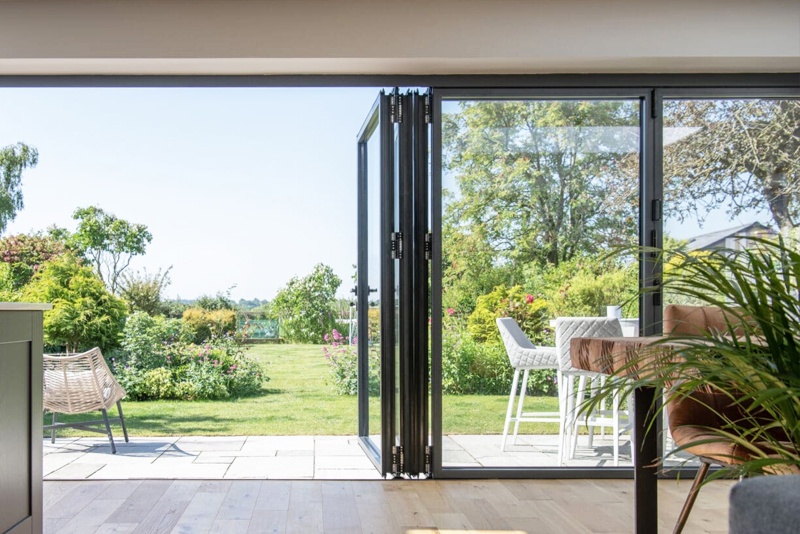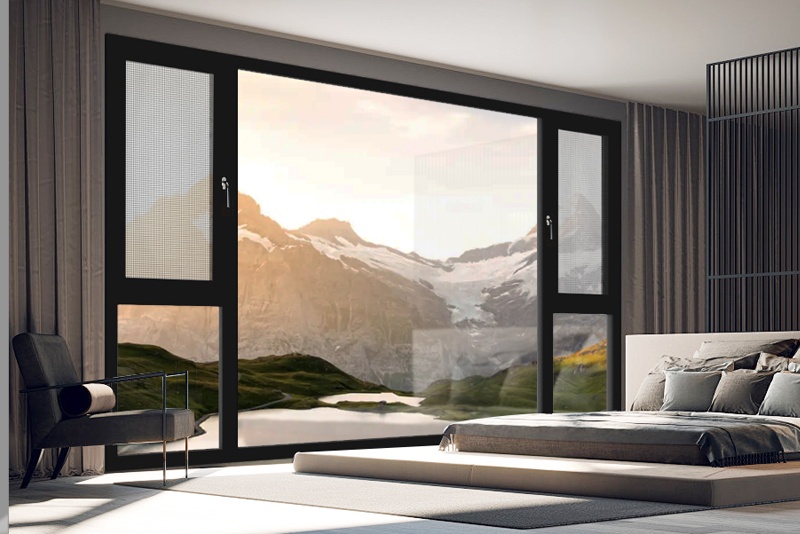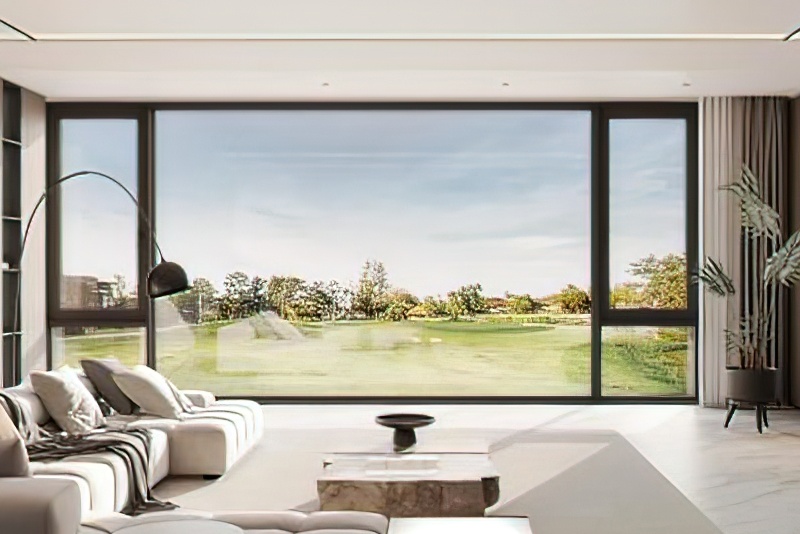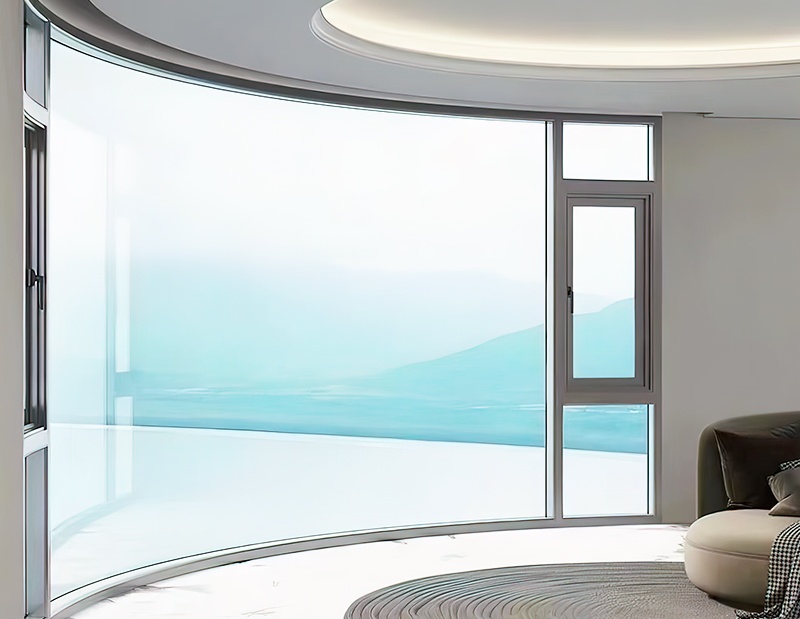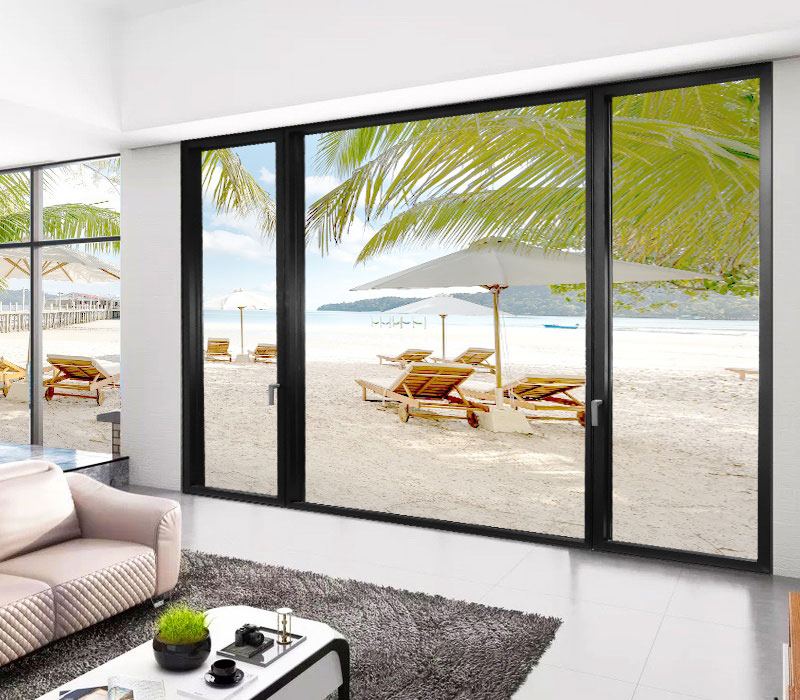Aluminum Folding Doors: The Unvarnished Guide to Why They’re Worth It
Let’s be honest. When you picture aluminum folding doors, you see the glamour shot: a sun-drenched living room flowing seamlessly onto a patio. It’s a powerful image. But before you invest, you need to move past the fantasy and get real answers. What are the genuine, everyday benefits of aluminum folding doors that improve your life? Is the maintenance of aluminum folding doors a hidden chore? And with a dozen companies promising the moon, how do you identify the best aluminum folding doors that won’t let you down in five years? This guide skips the fluff and breaks down the practicalities, the upkeep, and the must-know features for a smart purchase. Part 1: The Real-World Benefits—More Than Just an Opening The decision isn’t just about aesthetics; it’s about solving problems. Here’s what a well-chosen system actually delivers. 1. The Space You’ve Been Missing. This is the fundamental shift. Every door consumes space, but folding doors are in a league of their own. A traditional door swings inward, claiming a permanent “no-furniture zone.” A sliding door always has a panel blocking half your view and light. An aluminum folding door, however, stacks its panels completely to the side. When open, it......



